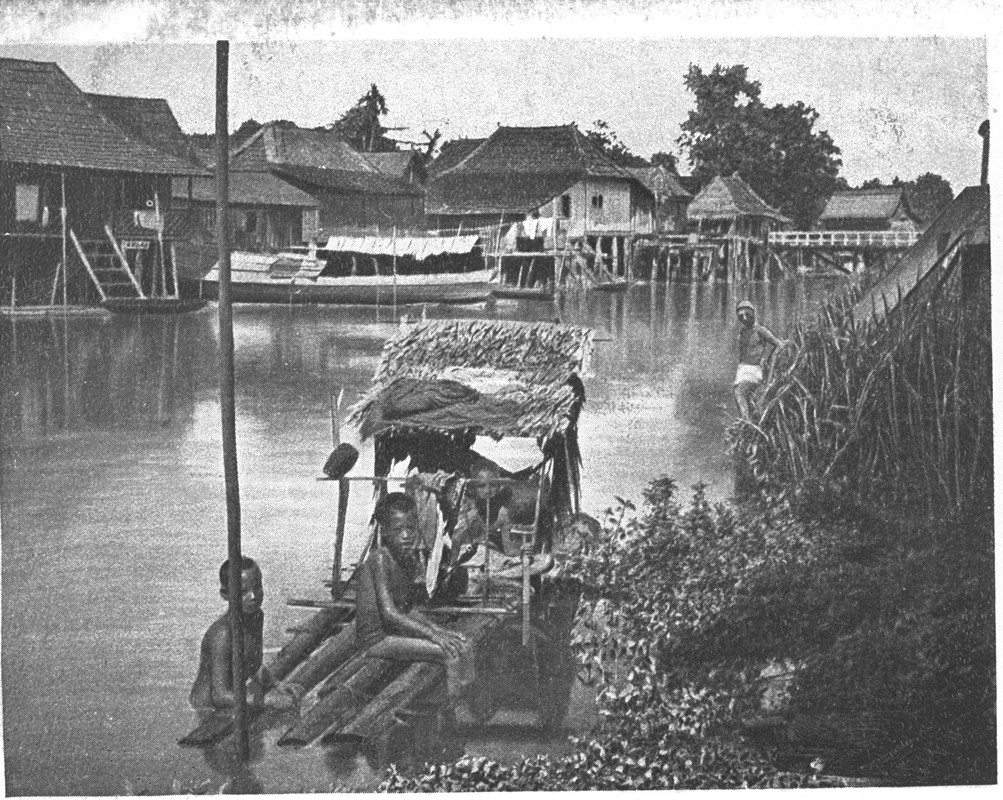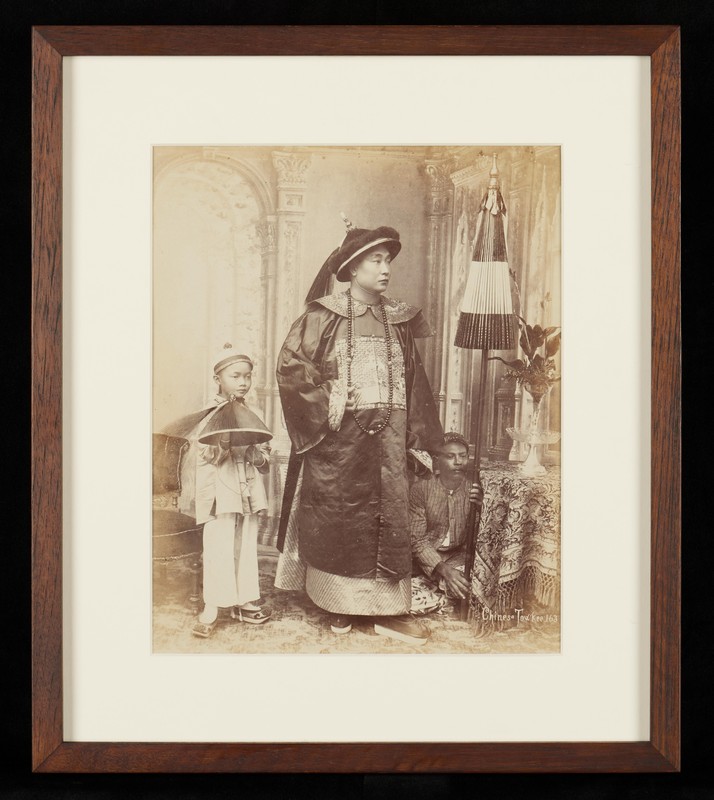Organisations of new Chinese immigrants in Singapore
China’s economic reform and introduction of its open door policy in 1978 started a new wave of overseas emigration. As a result, the term “new immigrants” emerged to distinguish this group from two major types of pre-war immigrants: Chinese merchants and labourers. After establishing diplomatic relations with China in 1990, Singapore expanded its close cross-border economic and trade ties with China. This included welcoming a significant number of new immigrants and integrating them into various sectors of the local community.
Diverse origins
In mainstream Singapore Chinese society today, the majority of the population are descendants of immigrants who arrived before World War II, primarily originating from Guangdong and Fujian provinces. Their traditional ancestral origins are categorised into five major dialect groups: Hokkien, Teochew, Cantonese, Hakka, and Hainanese. The new immigrants came from a more diverse range of hometowns that spanned various regions across China, including both the northern and southern regions, as well as coastal and inland areas. The industries in which these new immigrants in Singapore were involved similarly had a more diverse profile, going beyond just the industrial and commercial landscape.
Early Chinese community organisations were mostly formed and developed around the five major dialect groups and could be divided into three main categories: geography, blood ties, and occupation. During the British colonial era, their functions were quite comprehensive — they played a significant role in addressing the needs of the local Chinese community and promoting the process of localisation while maintaining connections with their homeland.
After Singapore’s independence in 1965, many functions of Chinese community organisations were gradually handed over to government agencies. As the identity of the local Chinese population became more diverse, the number of cross-dialect and cross-ethnic organisations increased. Some smaller community organisations began to decline in the 1980s, as they faced challenges in attracting new members and grappled with the issue of an ageing membership.
After 1990, the arrival of new Chinese immigrants revitalised the landscape of Chinese community organisations. In the era of globalisation, new immigrant groups have used the internet and social media to introduce the purpose and objectives of their organisations to galvanise their members.
New immigrant associations
The earliest and largest new immigrant associations in Singapore were the Singapore Tian Fu Association and the Hua Yuan Association. The former was established in 2001, while the establishment of the Hua Yuan Association followed a year later. Both groups saw broad representation, with members coming from diverse backgrounds. While the core membership of the Tian Fu Association was initially made up of immigrants originating from Sichuan, immigrants from other backgrounds were welcome to apply for membership. Similarly, the Hua Yuan Association was open to all new immigrants from China.
Other than these two organisations, the majority of new immigrant groups were distinguished by geography and province, facilitating the integration of people from the same hometown. These include organisations like the Tian Fu Association, Shaanxi Association, Jinshang Business Club (Singapore), Guizhou Association Singapore, Shandong Association Singapore, and Jiangsu Association Singapore. In contrast, many early traditional community organisations were organised at the county level, such as the Ann Kway Association and Poon Yue Association.

Additionally, a considerable number of the new Chinese immigrant community organisations are alumni associations, reflecting the higher levels of education among new immigrants. These include the alumni associations of Shanghai Jiao Tong University, Tsinghua University, and Peking University. Prior to the 1990s, such alumni associations were not as common, and even less so in the pre-World War II era, when Chinese community organisations primarily comprised merchants and labourers.
As both the board members and members of organisations established by new Chinese immigrants in Singapore were first-generation immigrants, they were enthusiastic about promoting group activities and have undoubtedly established a fresh dynamic in the landscape of social organisations in Singapore. Not only did these groups consist of members with relatively high educational backgrounds, they also operated in diverse ways.
To facilitate integration into local society, new immigrant groups continue to actively collaborate with the government and mainstream society to foster cross-cultural and cross-ethnic interactions, such as by organising charity events. In the context of a rising China, these groups also naturally strive to promote transnational networks and economic and trade relations between Singapore and China. As a result, there is also richer cultural exchange between the two countries.
This is an edited and translated version of 新加坡的中国新移民团体. Click here to read original piece.
Lim, How Seng. “Shenquan, shenquan, bangquan: bangquan jiegou yu bangquan zhengzhi” [Divine power, gentry power, and clan power: On clan structure and clan politics]. In Xinjiapo huaren tongshi [A general history of the Chinese in Singapore], edited by Kau Bak Lim, 79–92. Singapore: Singapore Federation of Chinese Clan Associations, 2015. | |
Yow, Cheun Hoe. Xinjiapo yu zhongguo xinyimin: rongru de jingyu [New Chinese immigrants in Singapore: A situation of integrating]. Hong Kong: City University of Hong Kong Press, 2021. | |
Zeng, Ling. Yueyang zaijian jiayuan: xinjiapo huaren shehui wenhua yanjiu [Rebuilding homeland overseas: A socio-cultural study of Singapore Chinese society]. Nanchang: Jiangxi University and College Press, 2003. |










